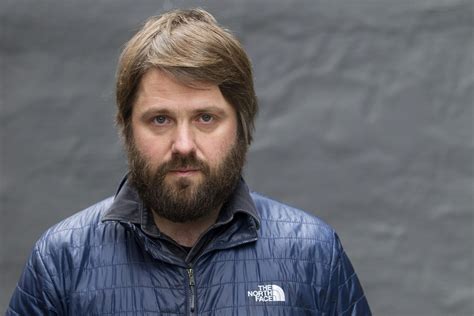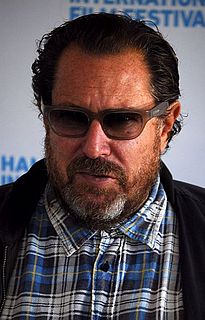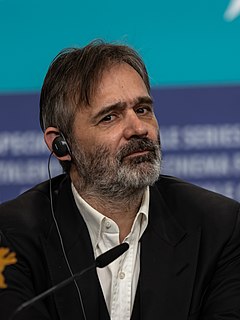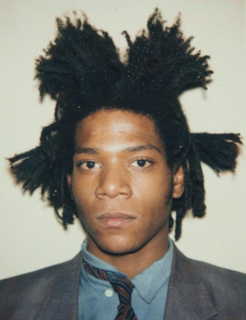A Quote by Hallgrimur Helgason
Most early Icelandic paintings are landscapes.
Quote Topics
Related Quotes
I've dreamed landscapes for years, and my dreams play an enormous role in my work. In fact, when I first started doing landscapes I felt insecure about painting in this style, and the dreams were like positive omens for me, and I've done a few paintings that were exact replicas of images that came to me in dreams.
It's probably hard for anyone looking at my landscapes today to realize that I was once regarded as a rebel, a dangerous influence; that I've been told I was on the verge of insanity, that my painting was nothing but meaningless daubs. Lawren Harris, the man most responsible for drawing the Group of Seven together, was accused of something perilously close to treason - his paintings, said his severest critics, were discouraging immigration.
I had a visit from an artist friend who basically said, "Your paintings are wonderful. Now stop." It did resonate with me. It hit on the percolating need for change that was already there. I got a little push. I did a group of the paintings early on that were among the best. It was sort of beginner's luck with these.
I'm the first Icelandic director who started working on U.S. movies. There are others behind me now, but it's like when Bjork opened the door for Icelandic musicians to work abroad. We're such a closed-off country, but Bjork broke the spell. And I'm glad it was a woman who did it. She showed us we could break this barrier.







































